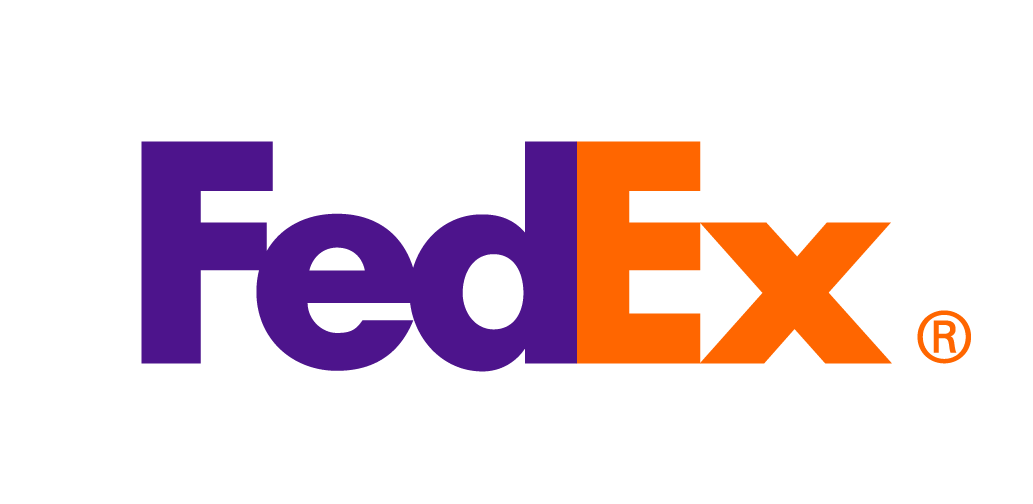
Web3 is the latest term to attract a lot of attention in the media. The term “Web 3.0” was coined in 2014, but only recently has this concept started to gain momentum with the development of blockchain technology and cryptocurrencies. Regardless, there remains much confusion about what Web3 actually means—and how small businesses should prepare for the possible adoption of Web3 tools and practices.
What is Web3?
Perhaps the best way to understand Web3 is to trace the developments of Web1 and Web2.
Web1, or Web 1.0, is considered the first evolution of the internet. In Web1, users could access the internet from anywhere and view information on static webpages. Picture the version of the internet that existed in the 1990s and early 2000s: Web1 consisted of blogs, message boards, and early sites like AOL. “A great example is a web page that gives information about a company, but it never changes,” wrote Black Girl Ventures.
Web2, or Web 2.0, is what we currently consider to be the internet. Websites are more interactive, and the internet is seen as a platform rather than a network. And, critically, the internet is dominated by social media networks.
“In web2…people began creating and posting their own content, actively participating in the internet rather than passively reading it,” wrote The New York Times. “But most of that activity ended up being distributed and monetized by big companies, which kept most, if not all, of the money and control for themselves.”
Proponents of Web3 envision a decentralized, democratic version of the current internet that uses blockchain technology. Ideally, Web3 would take some of the power away from centralized, corporate platforms like Amazon, Facebook, and eBay.
“Internet behemoths like Facebook and Twitter are essentially autocracies. They can unilaterally seize usernames, ban accounts or change their rules on a whim. A blockchain-based social network could delegate those decisions to users, who could vote on how to handle them,” wrote the Times.
A Web3 version of Twitter, for instance, would give users more control over their posts and make verifying identities easier.
What are the advantages of Web3?
Web3 would remove the services that we use from corporate providers and replace them with open protocols and decentralized community-run networks. Advocates say Web3 would give users a way to monetize their internet activity in ways that mega internet companies don’t allow. For instance, a Web3 version of YouTube could allow creators to monetize their own videos or earn crypto directly from their viewers. “A web3 Uber could be owned by the drivers on the network,” wrote the Times.
Ideally, Web3 would take some of the power away from centralized, corporate platforms like Amazon, Facebook, and eBay.
Likewise, Web3 is seen as a more democratic way of running the internet, one in which all users have a stake and corporate entities aren’t the ones determining how information is shared and used. Hand-in-hand with this feature comes more privacy. Web3 would be less advertiser-reliant, meaning that users don’t have to give their personal information or be tracked by cookies and targeted ads.
That, at least, is the vision for Web3. However, we may still be a long way off from realizing that vision.
Is Web3 the same as the metaverse?
The metaverse and Web3 are often conflated. The theoretical metaverse is a collection of emerging technologies that aims to create immersive digital worlds. Web3 is integral to the idea of a unified metaverse, one that is not controlled by a single company.
Web3 and the metaverse aren’t the same, but they do rely on overlapping tools: Cryptocurrencies, blockchain, and NFTs all seemingly have roles to play in both Web3 and the metaverse. But it’s important to recognize that neither Web3 nor the metaverse are fully fledged platforms. Today, they’re just concepts that companies and individuals alike are working to realize.
[Read more: How to Monetize the Metaverse: Big Brands' Tech Partners Share Tips]
What does Web3 mean for small businesses?
There are still many obstacles to the widespread use of Web3: Cost, scalability, and accessibility are all major challenges to its launch. Experts say that the vision of Web3 outlined above is still largely theoretical.
But, like with the metaverse, there will be new developments that spin off from Web3 and these will be worth paying attention to. New experiences, platforms, and revenue opportunities are likely to crop up in the pursuit of Web3, and business owners should pay attention to trends surrounding this effort. For instance, learning about blockchain, NFTs, and decentralized finance (DeFi) is a good starting point.
Consider setting up a Google Alert for “Web3” to read about the latest developments in this space. The more you can learn about the concepts behind Web3, the easier it will be to understand how much of this concept is hype and how much of it could impact your business in the future.
[Read more: 5 Key Consumer Trends that Spell Opportunity for Businesses in 2022]
CO— aims to bring you inspiration from leading respected experts. However, before making any business decision, you should consult a professional who can advise you based on your individual situation.
CO—is committed to helping you start, run and grow your small business. Learn more about the benefits of small business membership in the U.S. Chamber of Commerce, here.










